Can you convince a Mercedes GLA driver to switch to a Dacia? That's the challenge facing Renault's entry-level brand, which is venturing, for the first time, into the luxury C-SUV segment. The Romanian manufacturer's idea is simple: convince potential buyers that it's possible to have a properly equipped and high-performance car while saving 10,000 euros. Is this promise overrated, and what kind of compromise are we talking about? This is the question we wanted to answer by getting behind the wheel of the Dacia Bigster, the large, "cheap" SUV that wants to shake up the market.
Design: an XXL Duster? So what?
Dacia doesn't care that its Bigster is simply a larger version of its compact SUV, the Duster. After all, the Jogger shares at least as much in common with the Sandero Stepway, which hasn't stopped consumers from raving about it. So it's a fact: the Bigster is largely based on the Duster's structure and platform, adding a few centimeters in height and length. With its 4.57 m length and 1.71 m height, it is imposing, but without distorting the spirit of the Duster, quite the contrary since it takes its precepts to the letter.
For the rest, we find already known lines evocative of the outdoor atmosphere that the manufacturer seeks with its large logo, the bold wheel arches, bold black plastics and a total lack of frills. Taking a successful recipe and offering it to a more upscale clientele cannot be done without some adjustments.
A move upmarket that plays out on the inside
Dacia knows that a customer accustomed to the C segment expects a minimum of comfort and quality when looking at a car. From then on, the challenge for the manufacturer was to determine what were the essential criteria to play in the big league without betraying the recipe that made the brand successful, that is to say, robust manufacturing, a practical and durable interior and the absence of equipment deemed superfluous.
It is obviously when you get on board that you notice the most this recipe.
First observation: there is a lot of space, including in the rear seats and even the trunk (which offers a record load volume for the segment with a maximum of 701 L: when we tell you that Dacia thinks practically...). The impression of space is also reinforced by the presence of a panoramic roof (standard), an option that Duster owners have long hoped for.
The brand also goes to the essentials in terms of equipment: there is no bling-bling and, even if the patterns are worked, we are left with hard plastics and ultimately a fairly basic perceived quality. The only nice thing about it is the YouClip system developed internally, which allows you to install various small, more or less useful accessories on board (cup holder, emergency lighting, additional charger, etc.) via a hook system. The manufacturer even organized a competition for young designers to come up with more YouClip-compatible accessories.
There's no more glitter in the screen department. The Bigster has two 10-inch displays. The first is dedicated to the driver and displays essential driving information, while the second allows you to control the media. But what's striking is how basic Dacia's OS is. Don't expect to find a space here to enter your Netflix credentials or schedule a massage. At most, you'll be able to enter a route in the navigation section managed by Here. Fortunately (for navigation and for the on-board ambiance), it is possible to use Apple CarPlay or Android Auto to add a bit of color and functionality to this screen and... to benefit from a better navigation system.
So, are we still dealing with the entry-level model? No, and three details allow us to realize this. Details that, according to Dacia, would be important to regular C-segment customers:
- Heated seats
- Electrically adjustable driver's seat
- Powered tailgate
It's with this rather subtle cocktail of its traditional offerings and some more sophisticated equipment that Dacia has imagined its Bigster, but does this recipe apply to driving?
On the road: a new engine that sparks
Accustomed to inheriting Renault's crumbs, this time Dacia has been treated to a first: a new Full hybrid engine that is being introduced on the Bigster and which should be found in many other models, including the Losange. This Hybrid 155 version is probably the most interesting in the catalog and the one that should be the majority of the manufacturer's sales. So this is the one we chose to test.
We are dealing with full hybridization here, just like Toyota. There is therefore no need to recharge the small 1.2 kWh battery, since the engine takes care of it and the latter assists or replaces it when necessary, especially in town.
And this is felt, including in the noise level. The quietness of the electric motor is a natural in urban environments. It also highlights Dacia's efforts to filter out exterior noise. This noise returns to the engine as you rev it up. The Hybrid 155 can be heard, but its presence isn't harmful.
For the rest, we're looking at a car with a more comfortable feel that won't encourage dynamic driving, but it's still pleasant. It is obviously not on its sportiness that the Bigster counts to convince the crowds, but on other more rational arguments like consumption.
On this point, the Bigster works wonders, especially considering its weight and size. On our two test loops, we obtained an average consumption of 4.6 L/100 km. This consumption even dropped by a few tenths when we chose to make the most of the vehicle's "B" mode, which optimizes energy recovery during deceleration phases. In this exercise, we managed to reduce our consumption to 4.4 L/100 km and it even seems possible to approach 4 L on purely urban driving.
In all cases, the Bigster ensures an excellent score in terms of consumption. It's one of the most efficient vehicles in its class, which should translate into some additional savings.
Bigster: the Dacia at 30,000 euros?
Since the Bigster's official launch, some of the comments have focused on its price. 30,000 euros for a Dacia, is that really a serious proposition? To help clarify things, it's worth noting that not all versions of Dacia's large SUV reach this price point. In its "Essential" and "Expression" trim levels, the Bigster's price ranges from 24,990 euros (for the mild hybrid 140 engine) to 29,700 euros for our Hybrid 155 test version. Between the two, there will also be a LPG micro-hybrid and another with four-wheel drive.
These are the "Extreme" and "Journey" finishes that approach and sometimes exceed the 30,000 euro mark, up to 31,700 euros for the Hybrid 155 engine. After testing this Bigster and considering its level of equipment, it seemed to us that this positioning was ultimately quite coherent and, even, that the large SUV from Dacia did not really have a serious competitor against it. Overall, vehicles this large and with a similar or slightly better level of equipment (apart from the specific point of the OS) sell for around 10,000 euros more.
Test verdict:
In addition to its obvious design and habitability qualities, the Bigster surprised us with its controlled fuel consumption. Dacia's promise of saving money at the time of purchase therefore continues after thanks to a Hybrid 155 engine that is fuel-efficient and efficient in all circumstances. This rational approach to the car, which has made Dacia successful in recent years, is at the heart of this Bigster despite the move upmarket necessary to exist in the C segment. On paper, this new SUV from Dacia does everything to establish itself. But will it be enough for a public accustomed to more comfort and attention? Not certain, but something tells us that a saving of 10,000 euros or more could tip the scales and prove Dacia right again.

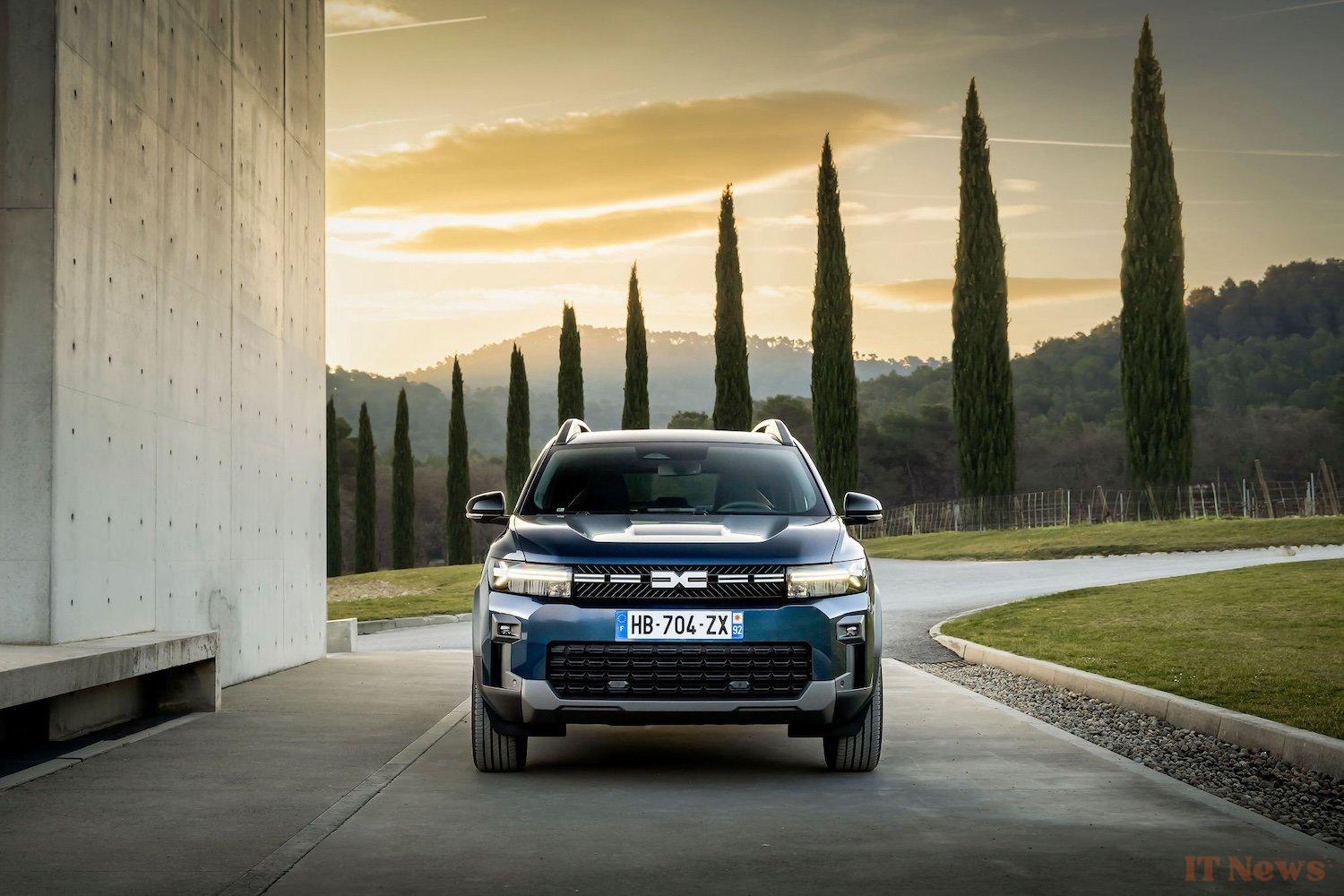
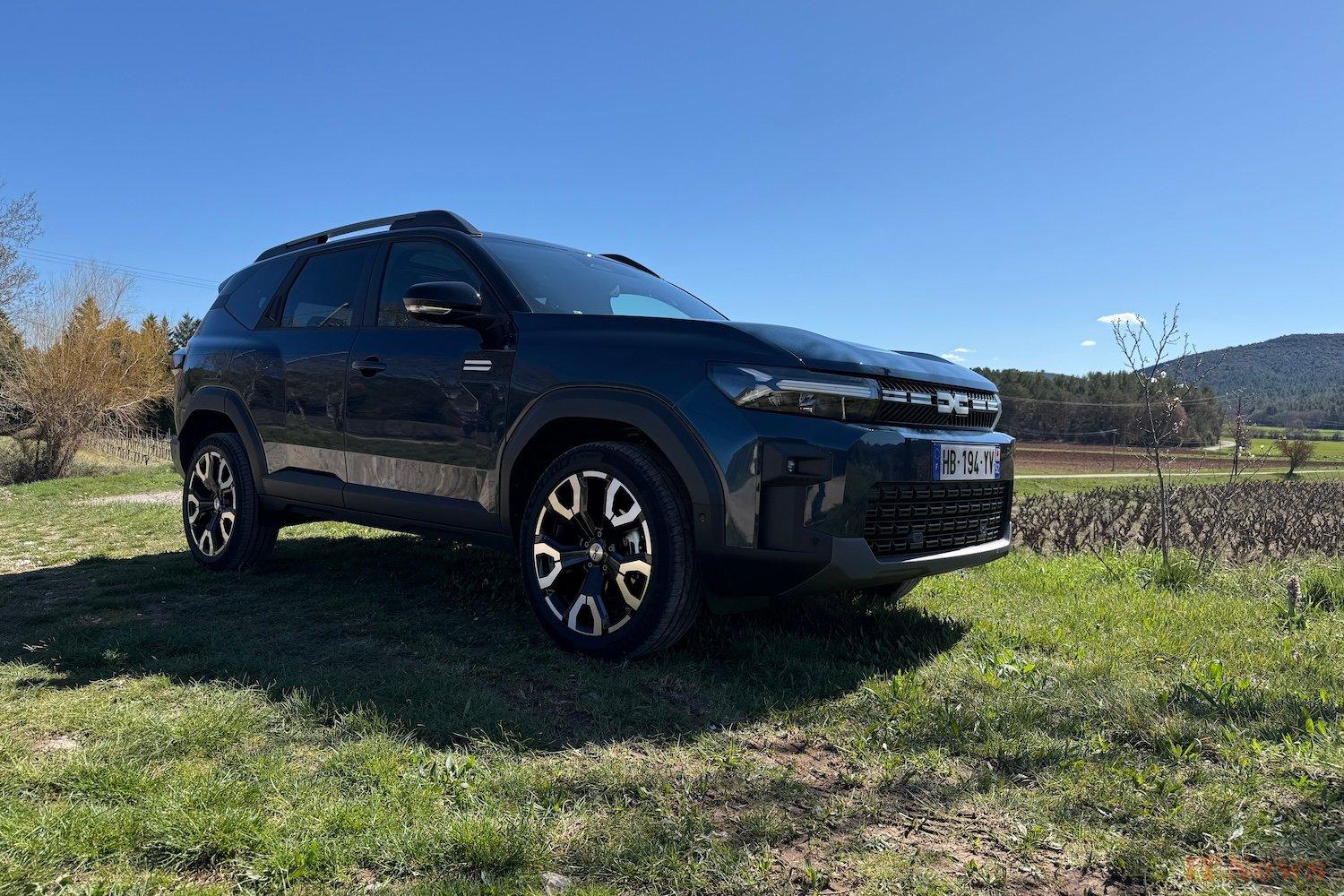
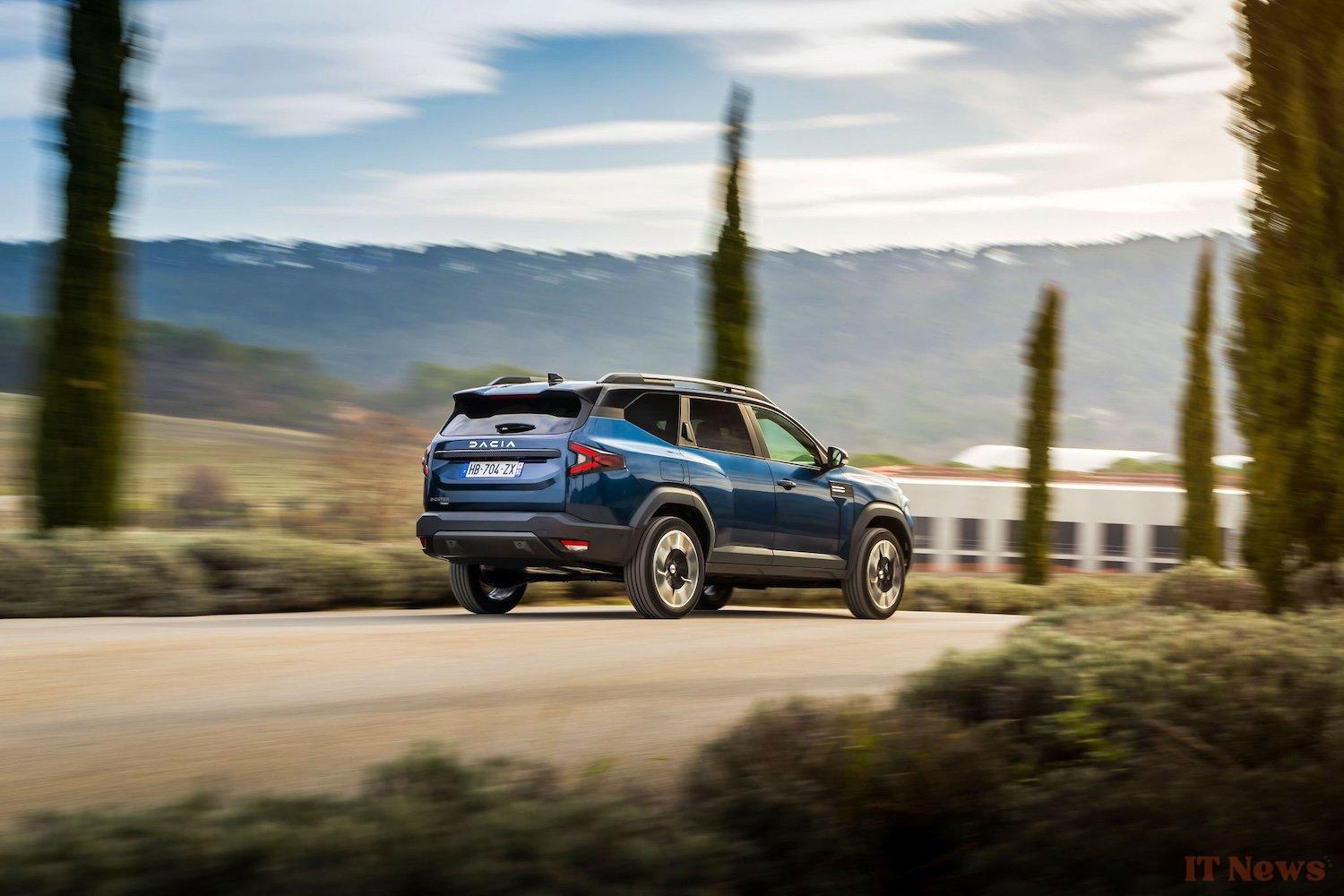
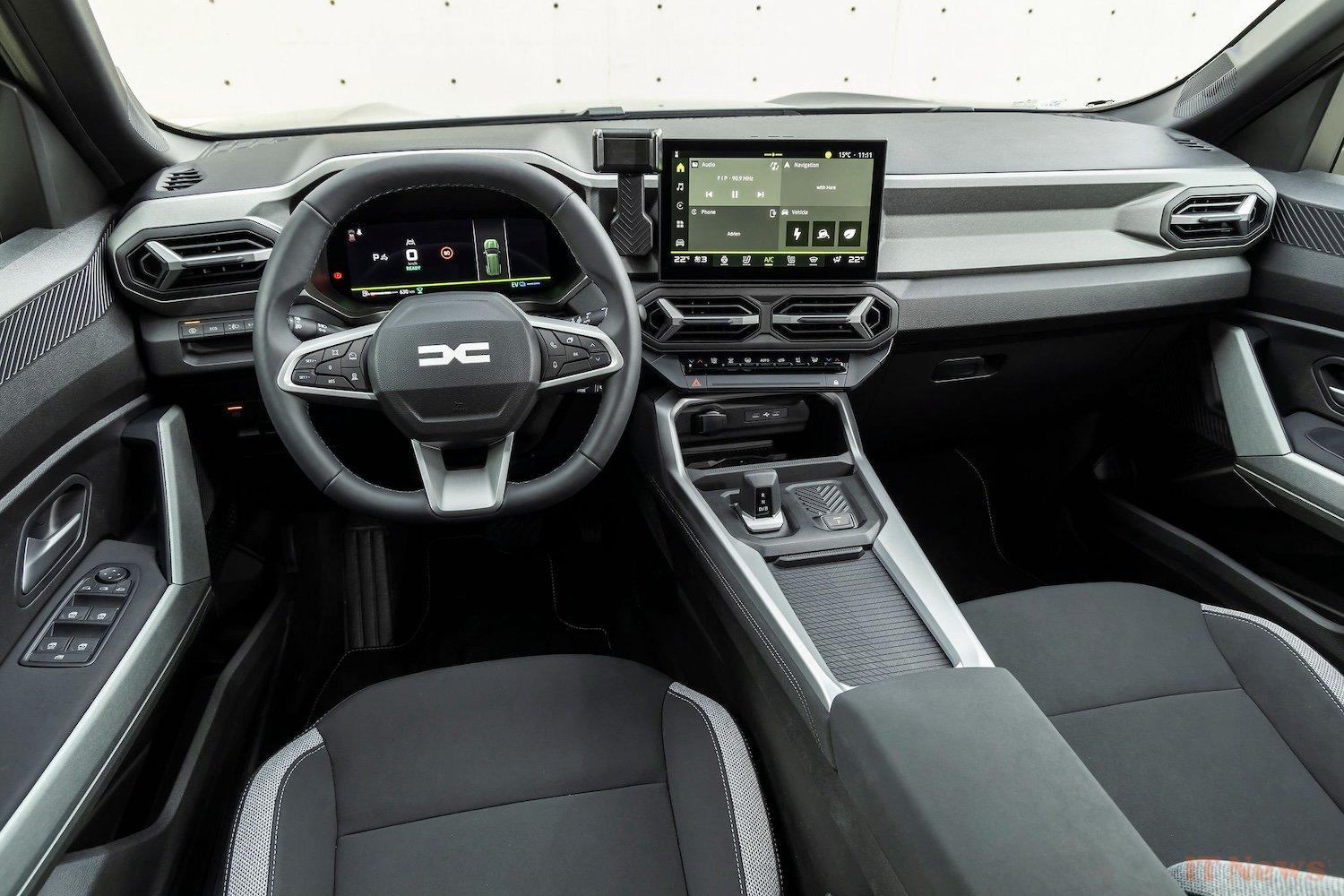
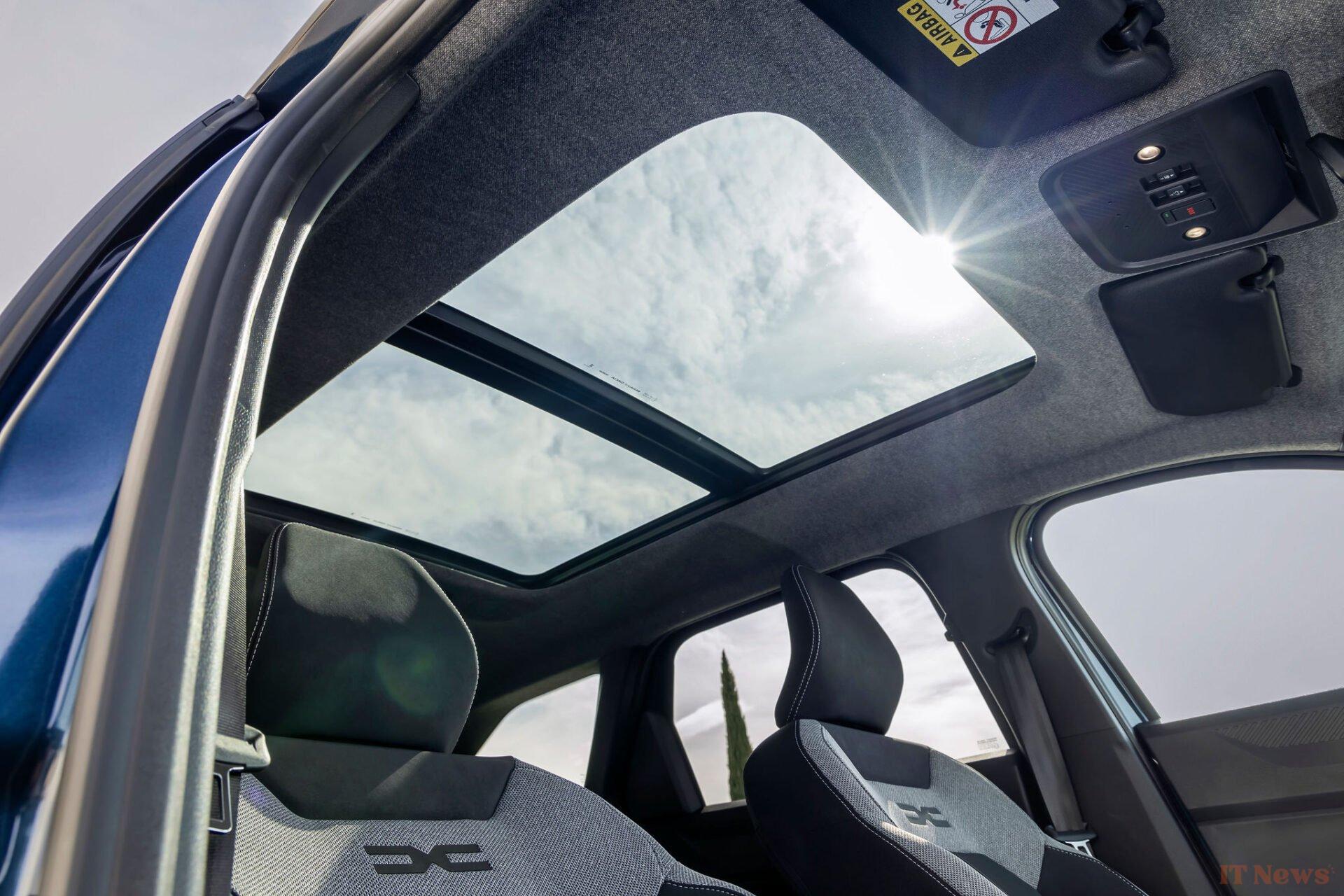
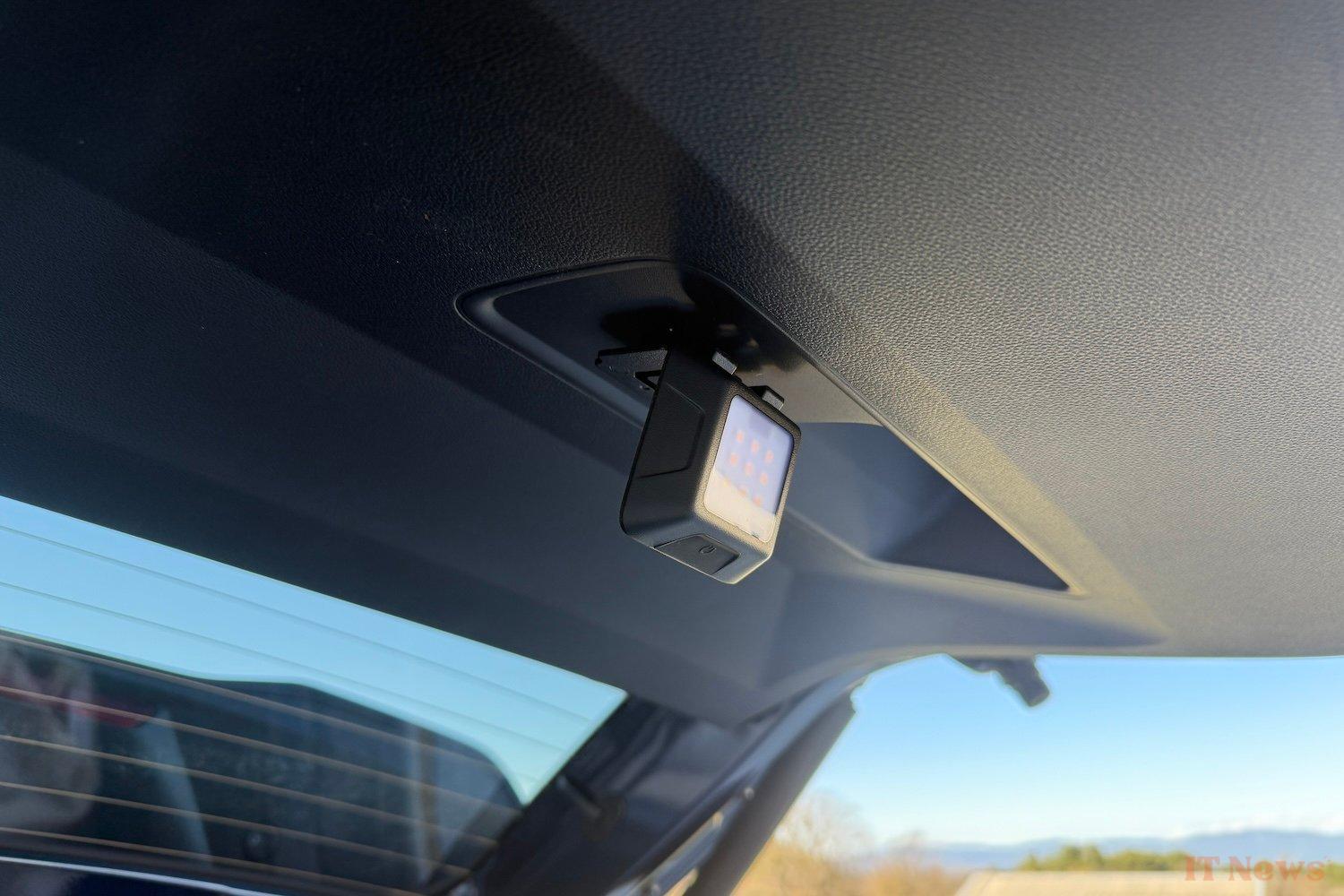
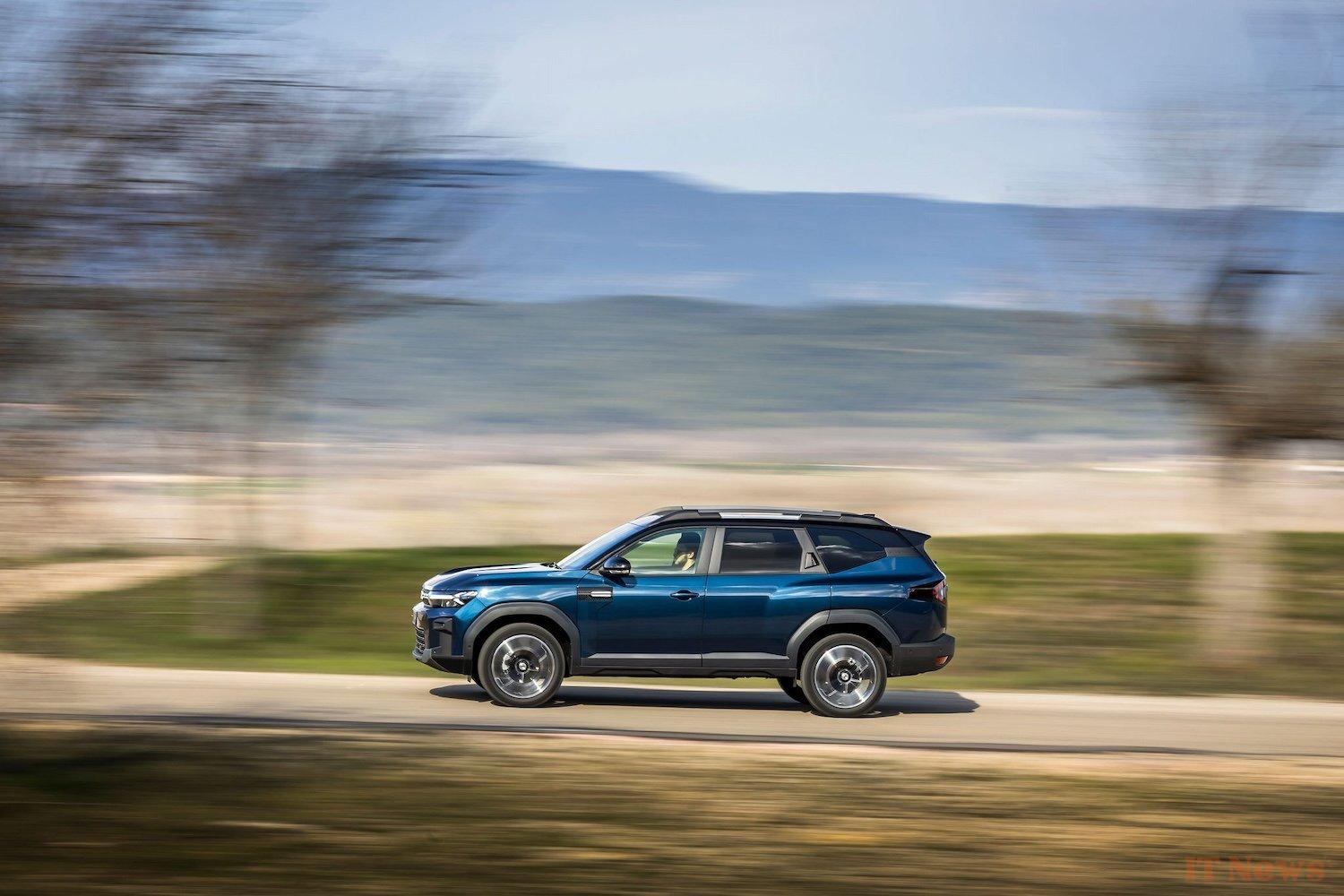
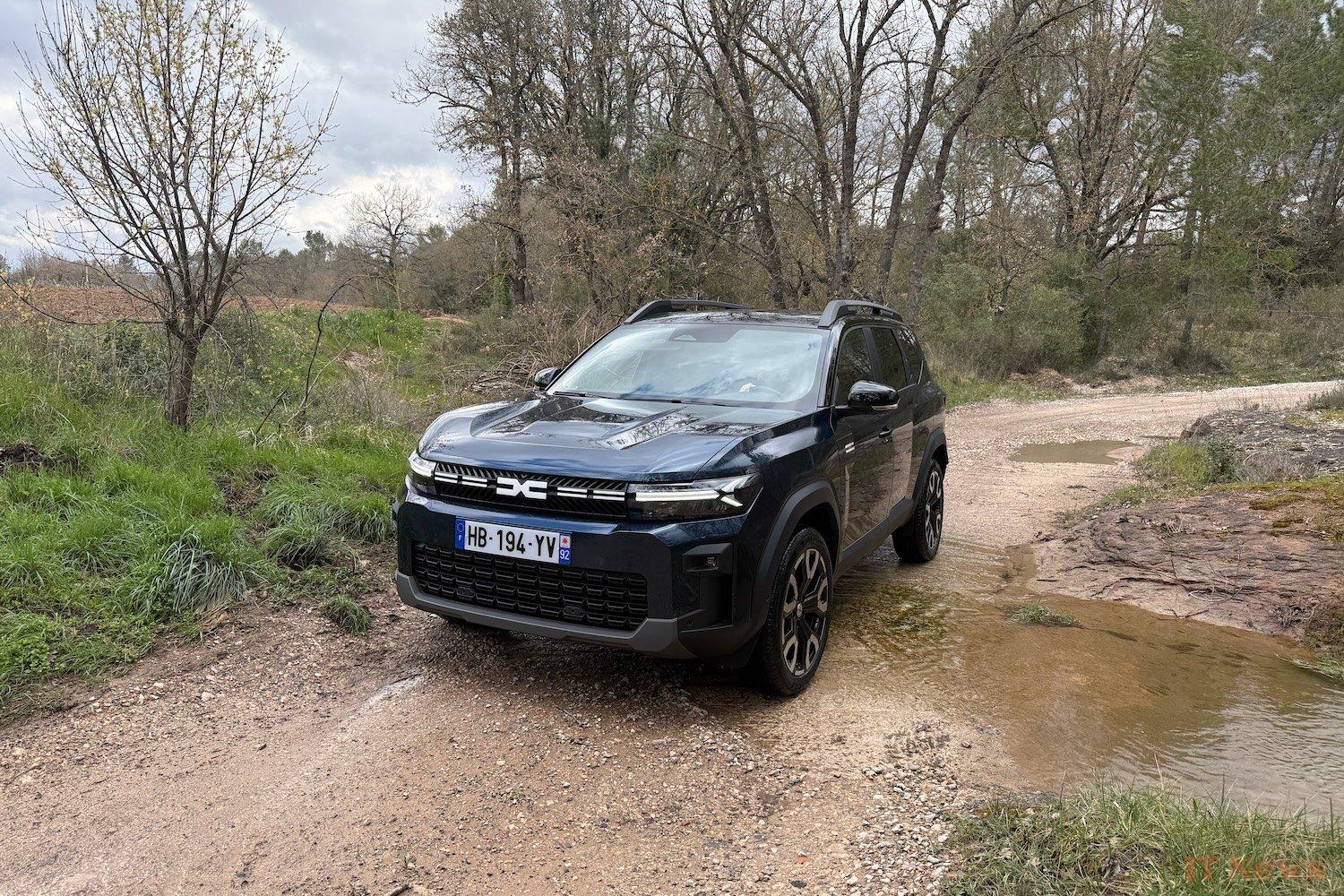
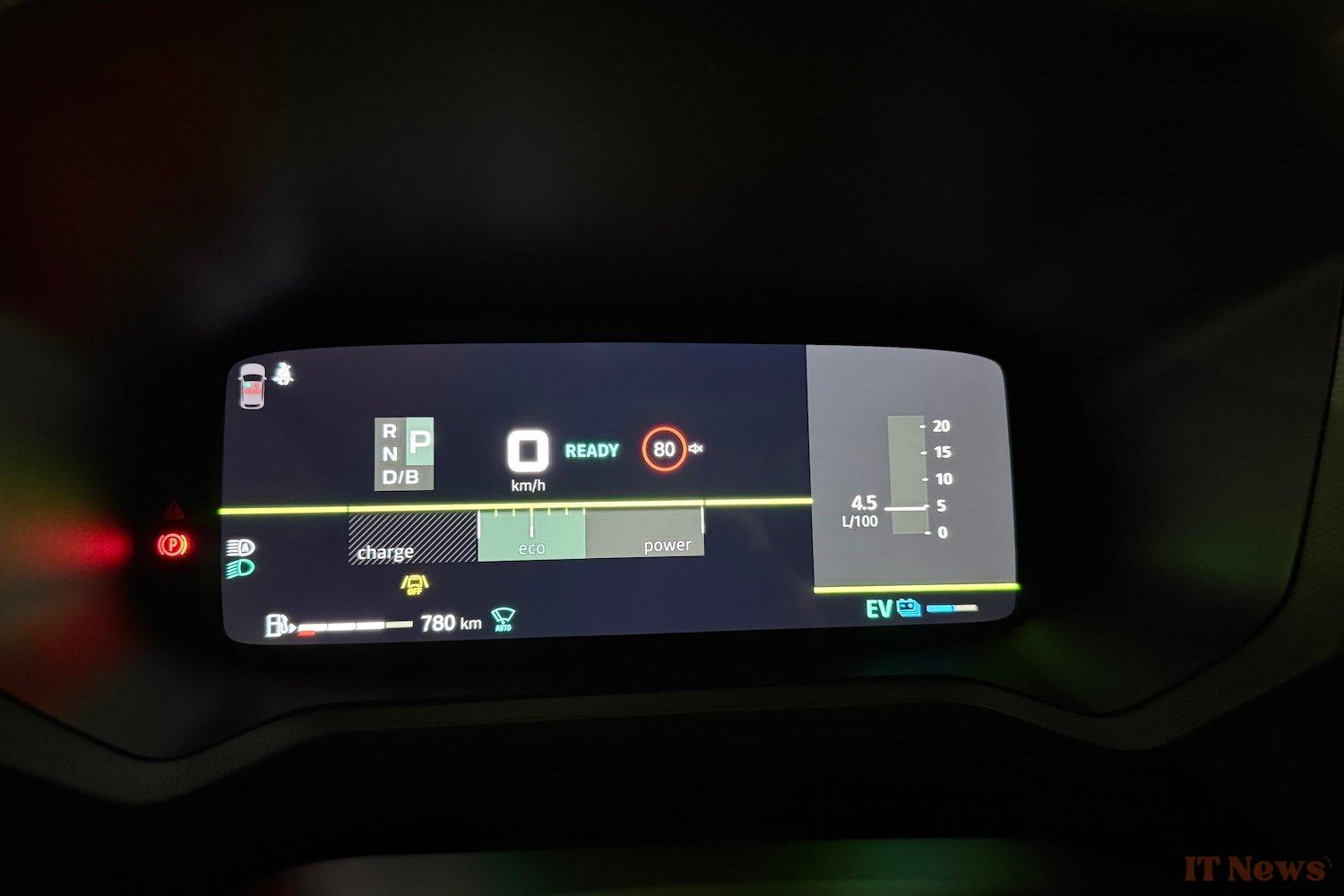
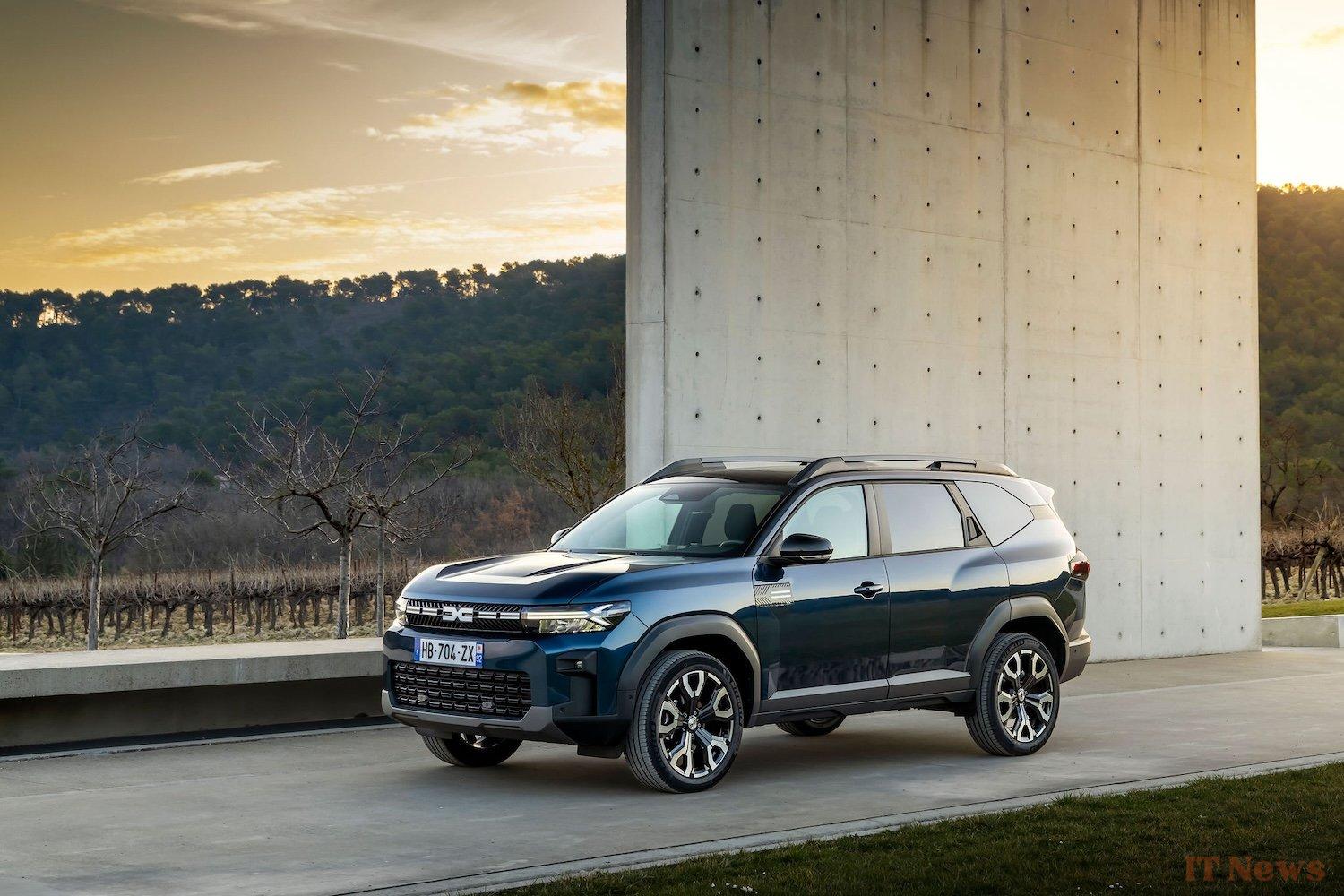

0 Comments